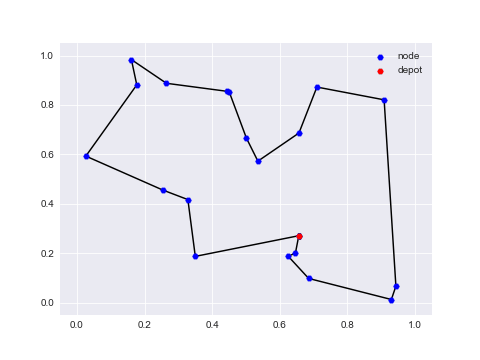Learning to Iteratively Solve Routing Problems with Dual-Aspect Collaborative Transformer
Recently, Transformer has become a prevailing deep architecture for solving vehicle routing problems (VRPs). However, it is less effective in learning improvement models for VRP because its positional encoding (PE) method is not suitable in representing VRP solutions. This paper presents a novel Dual-Aspect Collaborative Transformer (DACT) to learn embeddings for the node and positional features separately, instead of fusing them together as done in existing ones, so as to avoid potential noises and incompatible correlations. Moreover, the positional features are embedded through a novel cyclic positional encoding (CPE) method to allow Transformer to effectively capture the circularity and symmetry of VRP solutions (i.e., cyclic sequences). We train DACT using Proximal Policy Optimization and design a curriculum learning strategy for better sample efficiency. We apply DACT to solve the traveling salesman problem (TSP) and capacitated vehicle routing problem (CVRP). Results show that our DACT outperforms existing Transformer based improvement models, and exhibits much better generalization performance across different problem sizes on synthetic and benchmark instances, respectively.
PDF Abstract NeurIPS 2021 PDF NeurIPS 2021 Abstract

